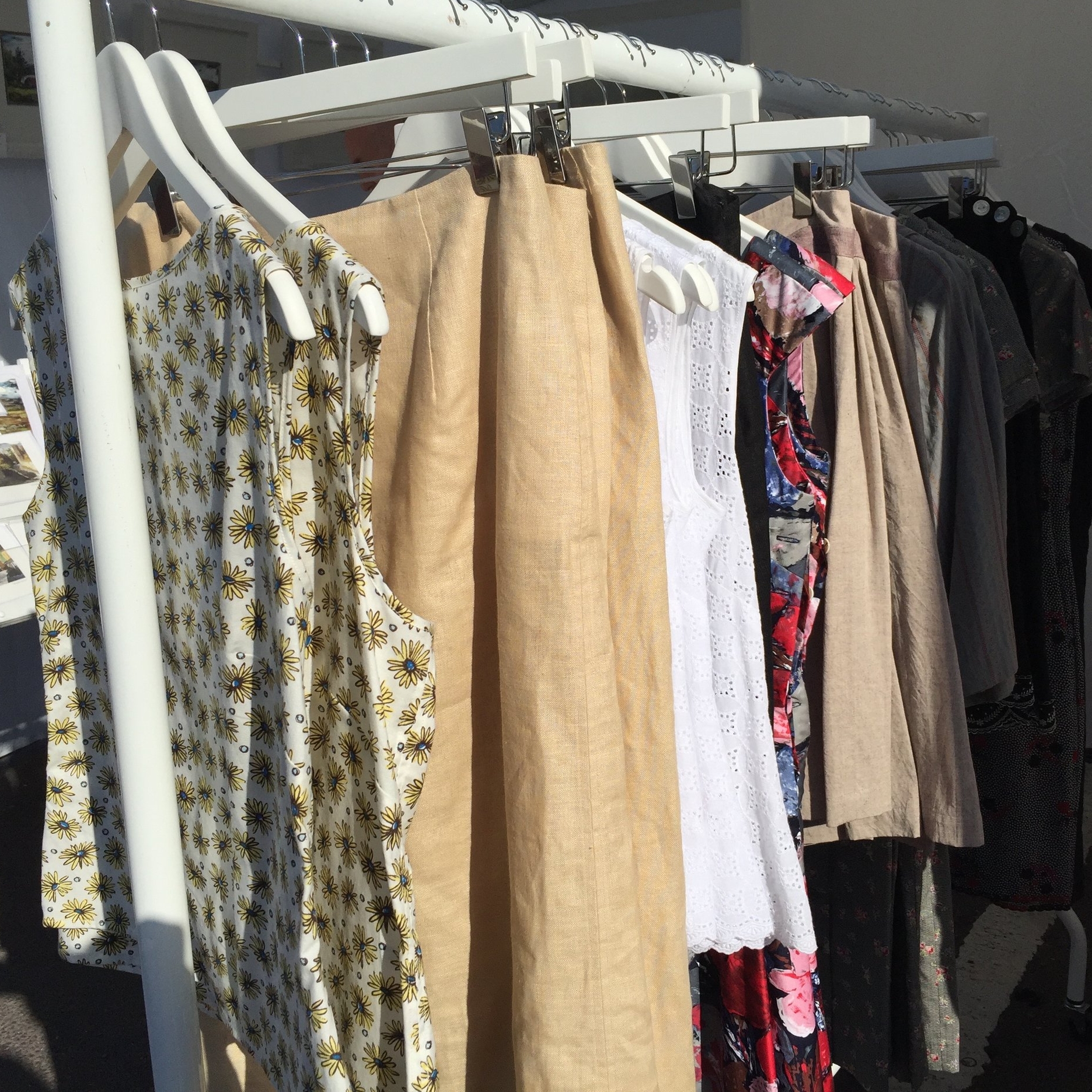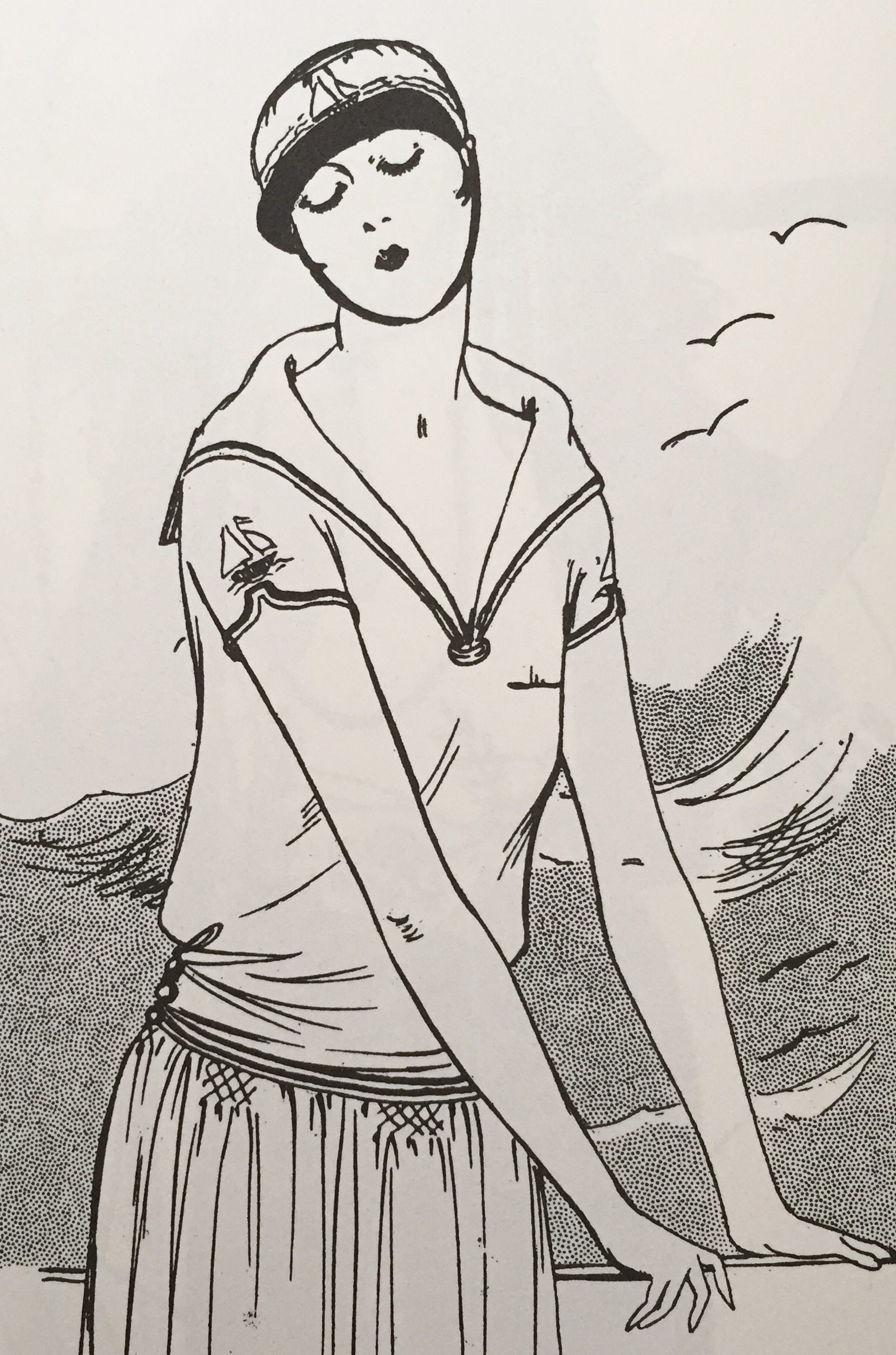What if we were to buy occasionally, to spend time considering the place a garment would have in our wardrobe, the value it might have in terms of number of wears and the sheer pleasure we get from wearing it again and again. We have been educated out of thinking that way about our clothes, out of thinking of things as made to last – after all that isn't congruent with practicing mass consumption. Just consider how many items we get through daily that are actually designed as single use items – from food packaging , to face wipes and take out coffee cups. We've been encourage to think about clothing in this way, too, that it's ok to get just the one wear from something, or even no wears. What happens to all these hardly worn garments is for another blog post, but what if we purchase fewer items less often, make thoughtful and considered choices and look after through careful laundering and repair? This is how older generations regarded clothing, as something that should last, that should be worn until it wore out.
In a world of instant gratification, is boredom to blame for our need for a fast fashion fix? In fact, which came first, the constantly changing availability of variety or the need for instant gratification? Either way, if you truly love something, do you get bored of it? Or do you take care of it, cherish it, wear it to bring you luck and grieve for it once the day finally comes and you have to admit it's time to part. The chances are that will only happen if the garment was of good quality design, construction and materials at the start. Without these characteristics, it is unlikely a garment will last very long whether you love it or not.
It was Vivienne Westwood who coined the much quoted phrase 'Choose Well, Buy Less, Make It Last' and I read a blog post recently where the writer had decided to radically change the way he purchased clothes. Based on a monthly spend of approximately $150 per month, rather than select multiple cheaper fast fashion items, he would choose one really good piece, that he would take time to consider before committing himself. One thing about higher priced items is they tend not to sell out so fast. At first, he said it actually hurt to spend so much on a single item, not to mention resisting the temptation offered by cheap fast fashion, but in time he realised how much more he appreciated the superior quality and design of the new clothes and ultimately he liked them better.






















